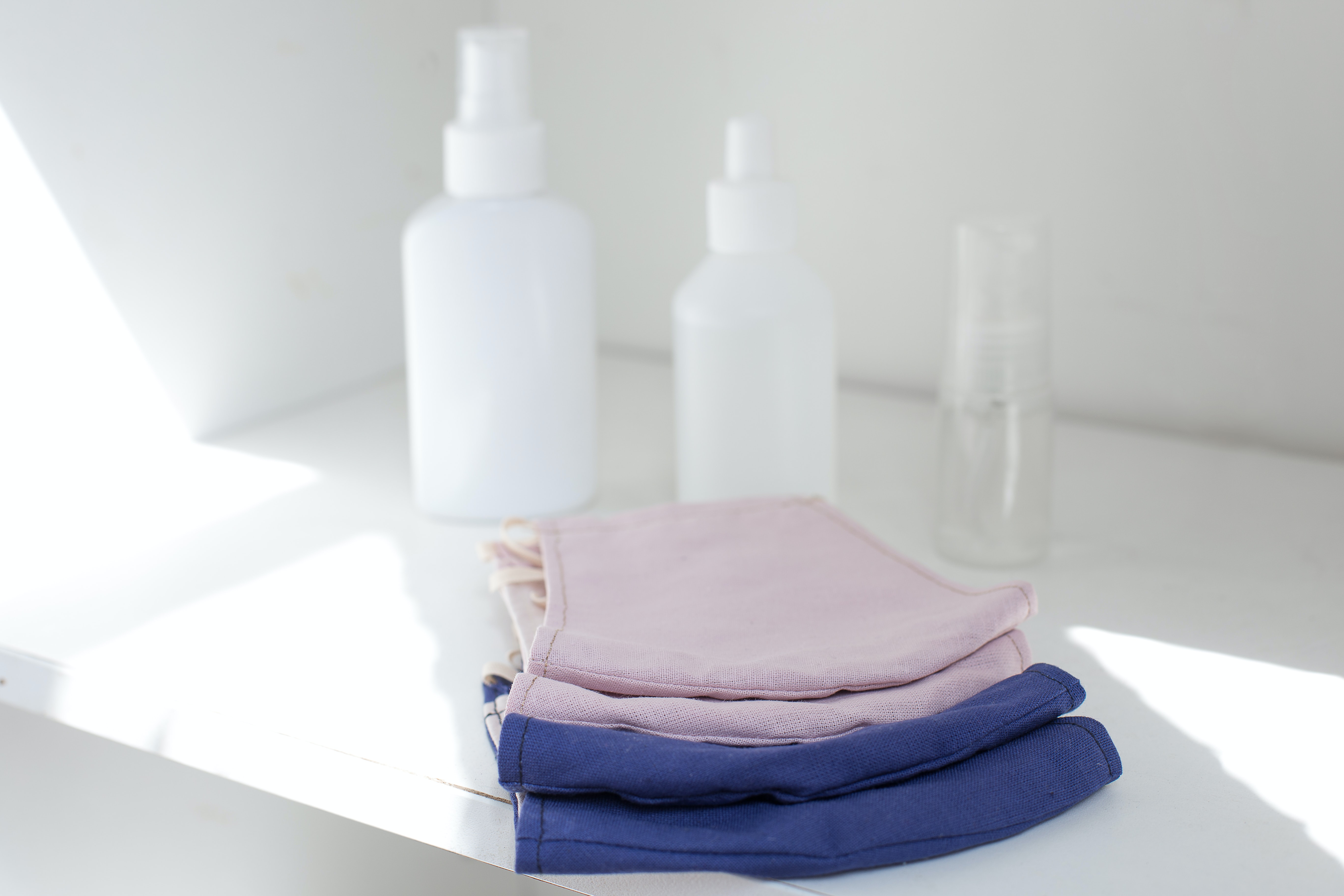Cancer patients are beginning to receive their therapies at home, avoiding long hospital stays.
Over the past year, during the pandemic, interest in delivering at-home cancer treatments has become more and more popular. With the very really concerns of limited available hospital beds and fears of contracting the virus due to an already compromised immune system, cancer patients don’t want to be in the hospital for several days.
Peter Guerrieri, a 62-year-old with aggressive B-cell lymphoma, is one such patient. Instead of a 5-day stay at the hospital for his infusion, he has been receiving chemotherapy at his home in Marcus Hook, a just outside of Philadelphia, with an oncology nurse delivering the chemotherapy regimen EPOCH: etoposide, doxorubicin, and vincristine with prednisone and cyclophosphamide. The infusion pump is carried with him and administers the chemotherapy mixture through a small tube connected to an infusion port in his chest.
“Being in the comfort of my own home and having the freedom to jump in the car to go grocery shopping meant a lot,” said Guerrieri. He is one of sixteen patients who have been receiving their EPOCH infusions at home since April 2019 through a pilot program started by Adam Binder, MD, a medical oncologist at the Sidney Kimmel Cancer Center at Jefferson Health in Philadelphia.

Even though the program has been in existence now for nearly two years, and the idea of at-home cancer treatment has been in the works for much longer, in April 2020, the Community Oncology Alliance (COA) said it “fundamentally opposes infusing chemotherapy and immunotherapy in the home, given the unpredictable, sometimes life-threatening adverse reactions that can occur.” In July 2020, the American Society of Clinical Oncology (ASCO) also cited “insufficient evidence demonstrating feasibility and safety.”
As for the American Cancer Society (ACS), it does not seem to directly oppose the idea. The ACS states, “Most cancer treatments are given in a hospital or clinic. But certain types of treatment can be taken at home. This is usually the case for oral treatments, such as pills, capsules, tablets, and liquids, or topical treatments that are rubbed on the skin. Sometimes even intravenous (IV) or injectable treatments can be given at home. These treatments might be types of chemotherapy, targeted therapy, immunotherapy, or hormone therapy drugs. If you’re getting IV or injectable treatments, a home care nurse or IV therapy (infusion) nurse might come to your home to give your treatment.”
The ACS also provides guidelines for patients to better understand if the treatments they are receiving at home are considered “hazardous” and lists what it refers to as ‘rules’ to keep everyone in the household safe and left unexposed to potentially dangerous chemicals, including guidelines for safe disposal. It warns, “Some cancer drugs are dangerous chemicals, no matter how they are given to the patient. Many are classified as hazardous drugs. In these cases, it’s important that only the person being treated should be exposed to them. No matter how you take these drugs, the chemicals remain in your body for hours to days after you take them.” Thus, there is a protocol for bathroom use, laundry, spills, and throwing away the drugs.
Binder said safety is a top priority of his and he spent many months carefully setting the protocols in place to successfully launch the “EPOCH-at-home” pilot. “A lot of my patients, especially older patients, don’t want to come to the infusion center or hospital because of concerns with COVID,” said Binder. “Home-based care is really attractive to them.”


Join the conversation!